Breast Augmentation
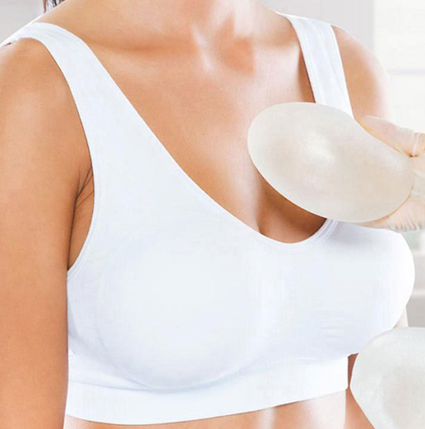
Many women today fulfill the desire for larger, fuller breasts. The reasons for this are very diverse: Breasts, which by nature are only slightly or differently developed, often do not correspond to their own ideal of beauty. Also, many women do not want to resign themselves to the fact that their breast shape has changed, as may be the case after a pregnancy, after a strong weight loss or simply because of age. With a breast augmentation – that is, with a breast implant – you not only get the figure that you have always dreamed of, but also usually a boost for your body awareness. The decision for a breast implant or breast augmentation is almost always aesthetic and is generally not a matter of age; however, body growth should be complete. In breast augmentation, silicone implants are nowadays used as implants, which are filled with either a silicone gel or, more rarely, with a saline solution. The surface can be smooth or textured. In the most recent study, commissioned by the American health authorities, no significant difference was found between smooth and textured breast implants.
Bear in mind
What happens during breast augmentation?
Breast augmentation is performed either in the natural skin fold under the breast, in the area of the nipple or in the armpit. Through this opening, the surgeon creates a cavity into which he inserts the implant. This cavity is created either directly behind the breast tissue or between the pectoral muscle and the ribs. Breast lift methods Based on your personal ideas and physical conditions, together with the surgeon you will determine the position of the incision and implant as well as the desired implant size.
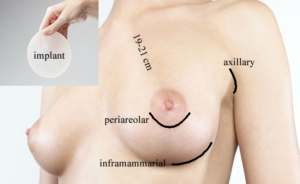
What results can be achieved in breast augmentation?
Provided there are no complications such as capsule hardening during or after treatment, you can expect a full and natural breast shape. The breast implant is usually neither felt under the skin nor are its boundaries visible. The results are very long lasting and, depending on your personal predisposition, many years – but not forever. The natural aging process and gravity will change the shape of the breast over the years. In this case you can rejuvenate the appearance of your breasts with a breast lift.
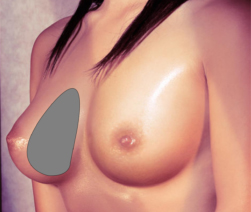
Anesthesia and hospital stay
Breast augmentation is usually performed inpatient. Under anesthesia, the operation is stress-free and problem-free for the patient. In addition, the surgeon can do the necessary fine work in peace. The necessary preliminary examinations are carried out the day before your appointment in the hospital. You also have the opportunity to discuss the anesthetic with the specialist. Depending on the procedure, a hospital stay of one to three days is to be expected.
How do I prepare for the operation?
In some cases, it may be useful to do a mammogram and an ultrasound exam before breast augmentation in order to detect any tissue changes before surgery after the age of 35. Your surgeon will talk to you about it. For a period of 14 days before surgery, you should be aware of painkillers (aspirin, blood thinner etc), as they delay the blood clotting. Alcohol and sleeping pills should be largely avoided. If you have an outpatient procedure, we also recommend that a relative care for you for at least the first night after the procedure.
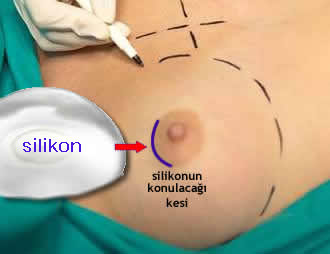
How is the operation going?
Under general anesthesia or local anesthesia, the surgeon will use the breast implant as you discussed with him/her in advance. By a smallest possible cut the required cavity is created in the breast augmentation in much fine work. Since the location and size of this cavity are critical to the subsequent outcome, the surgeon’s experience are highly significant. Depending on the selected implant, either the already filled silicone cushion or initially only the sheath is inserted into the cavity. The predetermined amount of the filling material is injected in this case by an injection into the silicone pad. The wound resulting from breast augmentation is closed intracutaneously with the finest sutures. Still on the operating table you get a gauze bandage. You have to expect an operating time of about 60 minutes.
What happens after breast augmentation?
Immediately after surgery, you will experience mild pain for the next two days. In addition, as with any surgical procedure, there are more or less severe swellings and bruises during breast implantation, but these regress within days to several weeks. The cuts leave small scars that fade over time and are barely recognizable. A final breast augmentation result can usually only be assessed after six to nine months.
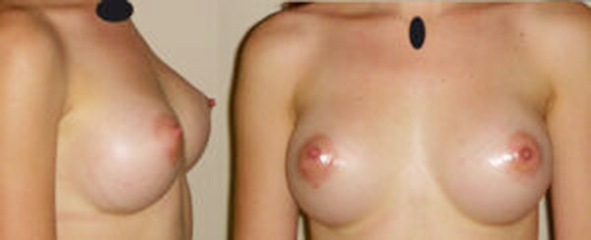
Which risks have to be considered?
If you suffer from allergies (medications or care products) or other illnesses, you must notify us in any case. If you have noticeable bruises or if you have persistent bleeding after minor injuries, a coagulation disturbance before the operation should be excluded by appropriate examination. You should also tell your surgeon if you plan to lose weight or become pregnant. In both cases, the breast shape may change in a barely predictable manner, which may affect the outcome of breast augmentation.

What complications can arise during breast augmentation?
With the natural healing process, a tiny capsule forms around the breast implant. Depending on the predisposition, this capsule may harden, making the breast feel firmer than normal. Such indurations can vary in severity and, in the worst case, lead to pain, dislocation of the implant or deformation of the breast. In rare cases (approximately 5%), a new procedure may be required to expand the implant site or replace the implant. The silicone pads are subject to certain material fatigue, which can lead to defects in the casing. Incidentally, the breast implants can also be injured and burst as a result of breast trauma (like serious accidents). As a rule, the capsule protects against leakage of the filling material. In addition, implants of recent generations are filled with a so-called cohesive gel, which can not escape even with an injured sheath. For implants with saline filling, filling material may enter the surrounding tissue as soon as the sheath is no longer intact. If breast augmentation has been chosen for implants with saline filling, this is completely harmless since saline is completely absorbed by the body within a few hours. In the case of other filling materials, it is possible for tissue reactions to silicone after months or years. However, using modern and safe implants reduces this risk to a minimum. Regardless of the location of the skin incision, the feeling on the nipple may be temporarily impaired, in some cases even lasting, especially in the case of large implants. In exceptional cases, breast augmentation can lead to wound healing disorders, bruising, infection, and seroma formation, which can result in temporary removal of the implant. If you are a woman of the age where you have regular mammography examinations, be sure to tell your doctor about your breast implant, as this may affect the results of the examination.
Which after treatment is required?
After breast augmentation recovery and physical protection are important. Depending on the nature of the profession and the individual course of the healing process, the convalescence period may be longer. Be prepared to shower again after a few days. Depending on your own condition, you should wear a brassiere as soon as possible after removing bandages and corsets. This is usually a special support bra that optimally protects the breasts and promotes a natural shape. Experience has shown that patients wear this bra for about six weeks. Breastplate bras should be avoided during the first three months after breast augmentation. Also, you should protect the treated area in the first months from direct sunlight and avoid sauna.
Free Consultation

